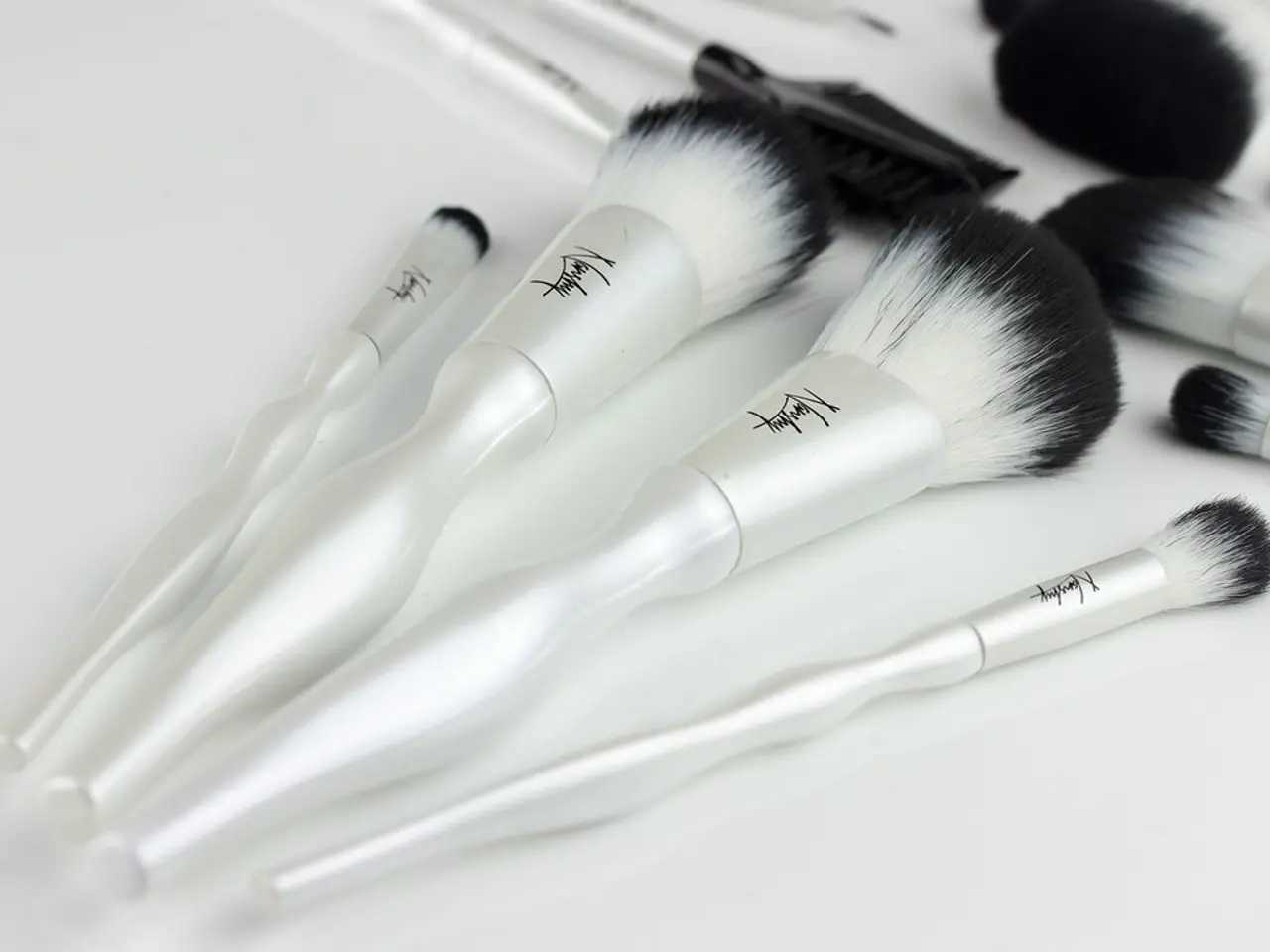Market Potential of Traditional Indian Cosmetics, Discussed by Dilip Raghavan (HPCI India)
In the bustling Indian market, Dilip Raghavan, a seasoned specialist in the personal care sector, navigates diverse terrains ranging from paints and inks to textiles and polymers. Today, he finds himself at the forefront of a significant transformation in the beauty industry, as consumers gravitate towards herbal and natural alternatives.
The shift is driven by key consumer trends favouring natural and organic beauty products. With growing awareness about health, safety, and environmental concerns, consumers are becoming increasingly cautious about synthetic chemicals such as parabens, sodium lauryl sulfate, and mineral oil. These substances, often associated with potential side effects like skin irritation and more serious health risks, are being steadily replaced by clean, organic, herbal, or natural alternatives.
This trend is particularly prevalent among women who carefully scrutinise ingredient labels to ensure their products meet their standards of naturalness. The influence of traditional medicinal systems like Ayurveda further fuels interest in herbal remedies and natural therapies for skin and hair care.
Meanwhile, younger consumers, particularly millennials and Gen Z, prioritise ingredient transparency, ethical sourcing, cruelty-free practices, and environmental sustainability. This demographic shift compels brands to offer plant-based, vegan, and eco-friendly beauty products with clear, trustworthy labelling.
In evaluating the naturalness of ingredients, consumers look for clear labelling, preferring products with recognisable, plant-based or organic components. Clean labels, such as "organic," "herbal," "cruelty-free," "vegan," and "chemical-free," significantly influence purchase decisions. There is a growing avoidance of ingredients known or suspected to be harmful, such as parabens, sulfates, and mineral oils.
The digital age plays a crucial role in this shift, with consumers relying heavily on digital platforms, social media influencers, and online reviews to assess the naturalness of products. This digital exposure enhances awareness about ingredient safety, ethical production, and sustainability practices, encouraging smarter and more informed purchases.
Bath and shower and skincare ranges dominate the market, representing around 40%, while the market for men's products has seen significant growth in the last decade and is currently growing at the same rate as other product ranges. The use of hair oil in India is among the highest in the world.
The cosmetics and personal care industry in India is valued at around $18 billion and has a compound annual growth rate (CAGR) of around 16%. Cosmetic color products and professional beauty products are expected to grow very rapidly in the coming years. The industry has become a mass market in India, leading to strong growth.
The Indian economy has grown at a steady rate of 6 to 8% between 2010 and 2019, with much of this growth driven by increasing consumerism and the growth of the consumer goods segment. Geographically, the sale of beauty products in India has increased in level 2 (medium) and level 3 cities, as well as in rural areas, due to increased income and purchasing power.
The regulatory framework surrounding the Indian beauty industry is becoming increasingly stringent, while there is a general trend towards premiumisation, with consumers increasingly willing to pay more for safety, quality, and functionality. India holds a significant global market share in the segment of essential and natural oils, and over 65% of India's population is between the ages of 15 and 64, with a middle class of over 400 million people whose incomes are increasing.
The demand for natural products or products based on natural ingredients, particularly those that fall under Ayurveda (well-being), is increasing in the Indian cosmetic and personal care industry. "Equate" creams for both men and women are one of the fastest-growing product categories in India.
In this evolving landscape, Dilip Raghavan, as the general director of Color Publications, continues to guide the industry through his leadership in publishing major magazines in his field and organising professional fairs such as Paintindia and HPCI. The beauty sector in India is expected to grow at a CAGR of around 20% during the forecast period (2021-2026), driven by factors such as the increasing demand for premium and organic products, the growing influence of social media, and the increasing disposable income of consumers.
- In the transforming beauty industry, natural and organic products are increasingly preferred, driven by consumer trends.
- As health, safety, and environmental concerns rise, synthetic chemicals like parabens, sodium lauryl sulfate, and mineral oil are being replaced by clean, organic, herbal, or natural alternatives.
- Women closely scrutinize ingredient labels to ensure their products meet their standards of naturalness.
- The influence of Ayurveda further fuels interest in herbal remedies and natural therapies for skin and hair care.
- Millennials and Gen Z prioritize ingredient transparency, ethical sourcing, cruelty-free practices, and environmental sustainability.
- Brands are compelled to offer plant-based, vegan, and eco-friendly beauty products with clear, trustworthy labelling.
- Consumers prefer products with recognizable, plant-based or organic components and avoid harmful ingredients.
- Digital platforms, social media influencers, and online reviews significantly influence purchase decisions.
- Bath and shower and skincare ranges dominate the market, with the market for men's products experiencing significant growth.
- The use of hair oil in India is among the highest in the world.
- The cosmetics and personal care industry in India is valued at around $18 billion and has a CAGR of around 16%.
- Cosmetic color products and professional beauty products are expected to grow very rapidly in the coming years.
- The Indian economy's growth between 2010 and 2019 was driven by increasing consumerism and the growth of the consumer goods segment.
- Sale of beauty products has increased in medium and level 3 cities, as well as in rural areas, due to increased income and purchasing power.
- The regulatory framework surrounding the Indian beauty industry is becoming increasingly stringent, while there is a general trend towards premiumisation.
- India holds a significant global market share in the segment of essential and natural oils.
- Over 65% of India's population is between the ages of 15 and 64, with a middle class of over 400 million people whose incomes are increasing.
- The demand for natural products or products based on natural ingredients, particularly those that fall under Ayurveda (well-being), is increasing in the Indian cosmetic and personal care industry.
- "Equate" creams for both men and women are one of the fastest-growing product categories in India.
- As the general director of Color Publications, Dilip Raghavan guides the industry through his leadership in publishing major magazines and organizing professional fairs.
- The beauty sector in India is expected to grow at a CAGR of around 20% during the forecast period (2021-2026), driven by factors such as the increasing demand for premium and organic products, the growing influence of social media, and the increasing disposable income of consumers.
- This growth might lead to opportunities in finance, particularly in the realm of wealth management and investing in the beauty industry.
- Understanding technology trends and its role in the digital age, such as AI and machine learning, could be crucial for businesses operating in the beauty and personal care sector for efficient production, marketing, and sales.




